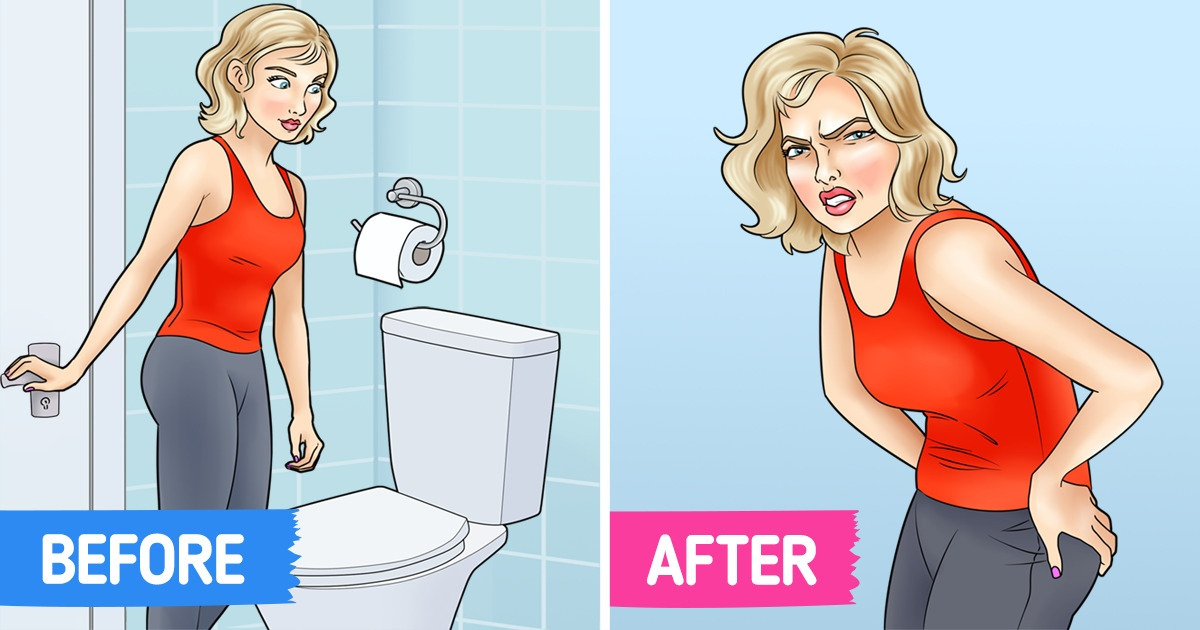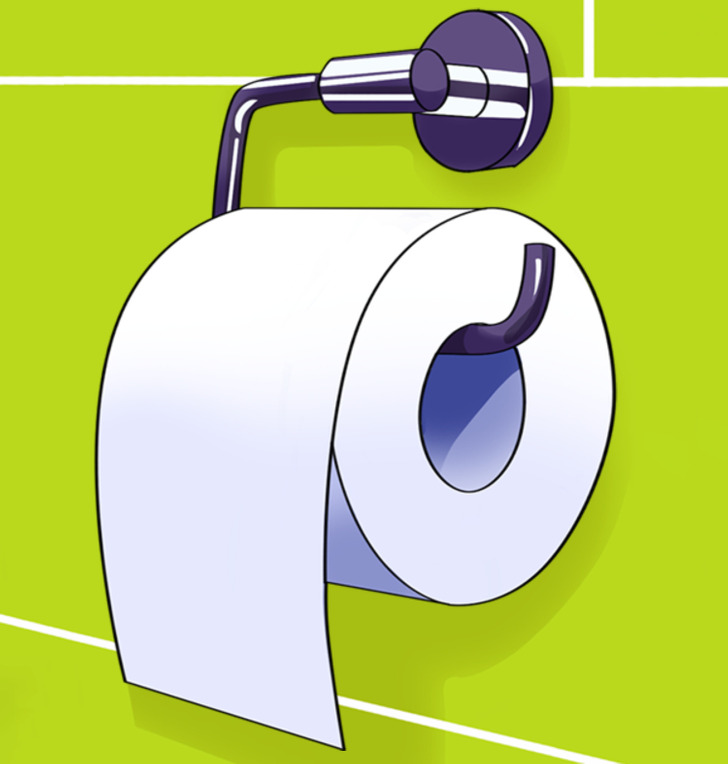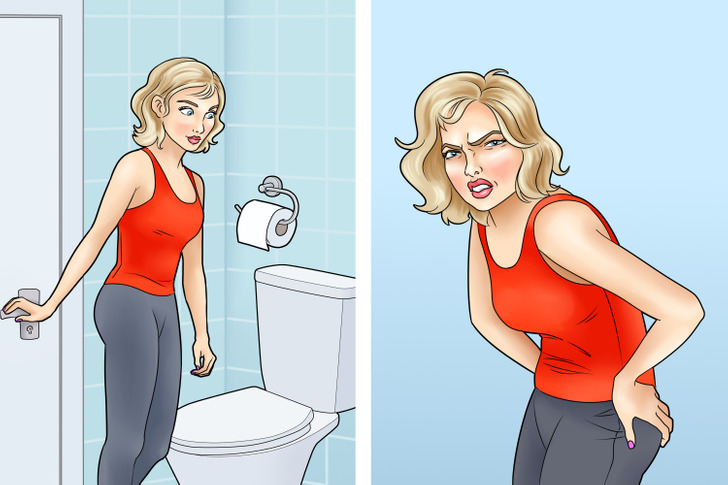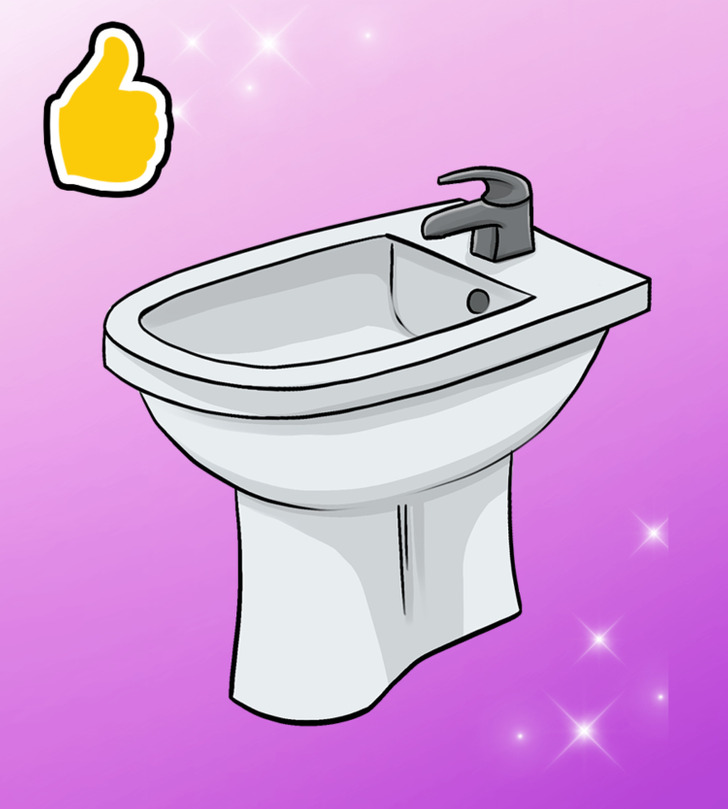Why Toilet Paper May Actually Be Harmful For Us

It’s impossible to imagine the life of a modern person without toilet paper. It can be found in any toilet. But lately, information has started to appear that it might actually be bad for our health.
With 5-Minute Crafts, you’re going to find out why toilet paper can be bad for you.
The toilet paper we know today has been sold since 1890. In 1942, the first soft 2-layered toilet paper appeared. And in the 1960, the world saw paper of different colors.
Of course, toilet paper has been a very useful and comfortable invention. But today, experts often say that it’s harmful. Let’s take a closer look at the problem.
What toilet paper is made from

Toilet paper is either made from wood or recycled paper. In the first case the following products are used:
- Hardwood. Toilet paper is 70% hardwood (oak, maple) with short fibers making the paper soft.
- Softwood. Toilet paper is 30% softwood (Douglas fir, Southern pine) containing long fibers. They make the paper durable.
- Chemicals are used to extract the wood into the fibers usable in the industrial production.
- Bleaches. Virgin-paper manufacturers use chlorine dioxide (chlorine-based bleaches).
- Water soaks the mixture and connects all the ingredients.
When toilet paper is made from recycled paper, these products are used:
The dangers of toilet paper

As it turns out, the toilet paper we all know may be bad for our health. A lot of chemicals are used in its production. Some of them may be dangerous.
- Phthalates. The presence of phthalates may have a negative impact on the endocrine system and reproductive function. There’s information that they might also impact the health of children.
- Chlorine. To make the paper white, Semivolatile chlorinated organic compounds (SVCOCs) are used.
- Polycyclic aromatic hydrocarbon may cause allergic reactions and endocrine system disruptions.
- Formaldehyde and its derivatives are used to make the paper from water-resistant. But it’s a cancer-causing agent and may cause skin irritation.
- Toilet paper from recycled products may contain Bisphenol A (BPA). It has a negative reaction on the endocrine system and may cause reproductive problems, early puberty, and breast cancer.
- The colorants in toilet paper may cause a local contact dermatitis (allergy).
Scientists conducted a study proving that some types of toilet paper had elevated levels of PAHs, phthalates, and SVCOCs. They believe it may be the cause of an increase risk of getting cancer.
But, even here, the potential dangers of toilet paper don’t end there:
- Scented toilet paper may irritate the urethra and cause urinary tract infections in some women.
- Using toilet paper may also worsen the problems with sensitivity around the anus. People with defecation problems, itching, and intestinal issues are not recommended to use toilet paper. Soft water is a good replacement here.
What toilet paper can be replaced with

A bidet is a great alternative to toilet paper. Experts talk about the following advantages:
- Hygiene. Using water and soap is more hygienic than wiping with paper.
- Lowering the risk of hemorrhoids. Using medium or low water streams may decrease the pressure on the anus, lowering the risk of hemorrhoids.
- Less harm for the environment. Toilet paper is toxic for the environment. It leaves a carbon footprint and drains our forests.